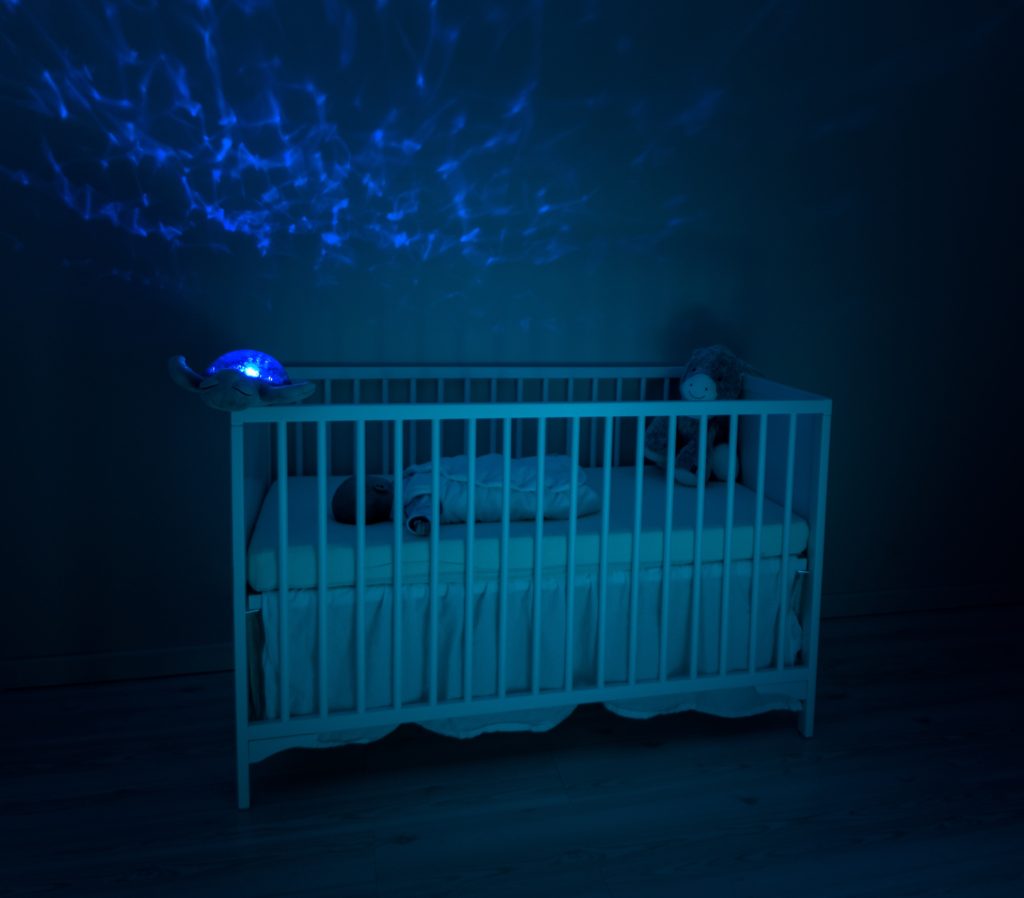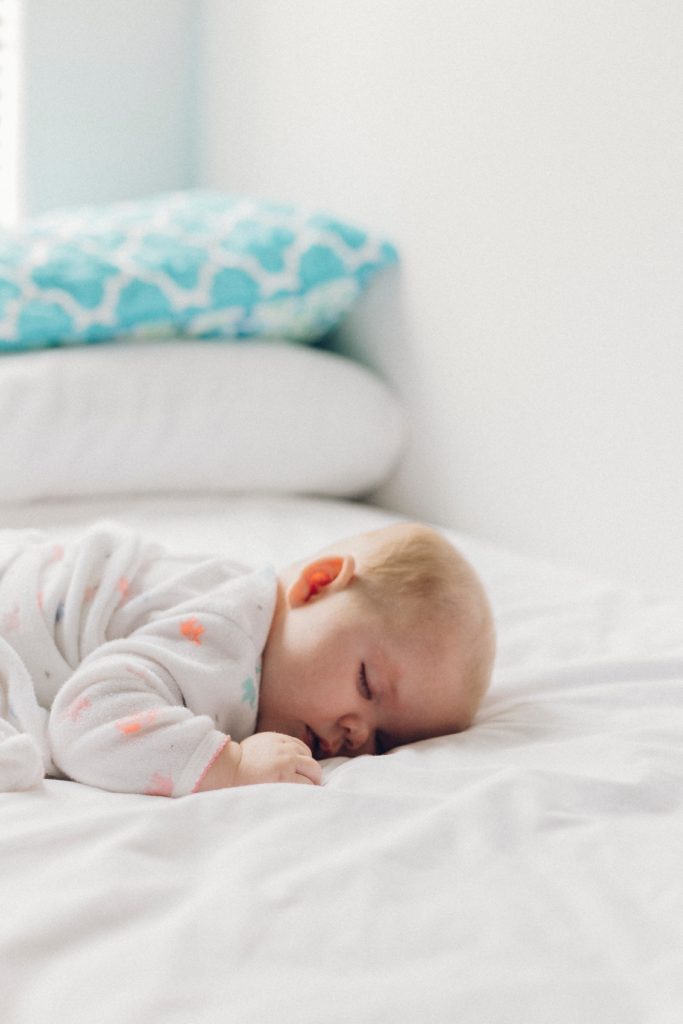When I became a mom for the first time, around three years ago, I was often a nervous wreck. What do I do? Am I doing this right? Is she getting what she needs? All of these questions were running through my head non-stop. Then there was the fear of her getting her, the fear of SIDS, the fear something could be wrong. I didn’t sleep much at night the first couple weeks. All new babies cause a lack of sleep in mom and dad but usually it’s just from them feeding. Often times I’d lay awake even after getting my daughter back to sleep and just watch her.

SIDS (Sudden Infant Death Syndrome)
SIDS is an unexplained death of an infant under 1 year old. There are many hypotheses of why SIDS happen but reasons are still largely unknown.
While newborns babies are much more fragile and incapable of fending for themselves.
They cannot roll over, move heavy objects near them, get out of tight spaces, etc. This is why, as parents, we need to be extra diligent to keep them in a safe environment while they sleep.
There are many factors of baby’s sleep that can cause harm.
There are some generally accepted Dos that are recommended.
- Place baby on back to sleep
- Place baby on a hard surface with tight fitting sheets.
- Keep all extra blankets, pillows, toys, etc away from baby. (Crib should be bare other than fitted sheet).
- Baby generally should always sleep in their crib.
Co-sleeping
Co-sleeping can be a big point of contention with parents. Some believe it’s the best thing and others believe it’s too risky. I personally did co-sleep with my children when they were really little.
Co-sleeping can mean several things.

Co-sleeping does not necessarily mean bed sharing. Sleeping in the same room as the baby, having a crib or bassinet next to your bedside, or in the room all constitute co-sleeping.
Sharing a room with baby until they’re around 6 months is often recommended. This is great to reduce the risk of harm to the baby because often times if something is wrong you’ll notice when you’re in the same room. After 6 months however, it’s best to separate yourselves and allow your baby to sleep in their own room. By this age, you and your baby could just be waking each other up and causing each other further sleep deprivation.
For further information about co-sleeping and safety tips for safely bed sharing go here. This was a wonderful article outlining all kinds of safety tips.
Napping
Night sleeping is not the only risk for babies. Napping can be an important time to watch your safety practices.
Never sleep on a couch with baby or let baby sleep on uneven surfaces. Baby can get wedged between cushions, bedding, or other parts of the uneven surface. This can cut off oxygen for the baby.
Smoke Exposure
The risk of SIDS dramatically increases for babies that have been exposed to smoking either during pregnancy or after. It’s best to quit smoking as soon as you find out you’re pregnant and then continue to limit any smoke exposure to your child after birth.
- Do not smoke in your home.
- Do not smoke around your baby.
- Do not let others smoke around your baby.
- Wash all bedding, blankets, clothes, etc that could have smoke chemicals on them.

It’s important when putting your child to sleep to understand the risks and then do what’s right for you and your baby.
Sarah
Similar Posts:
11 Ways Having a Baby Changes Your Life


